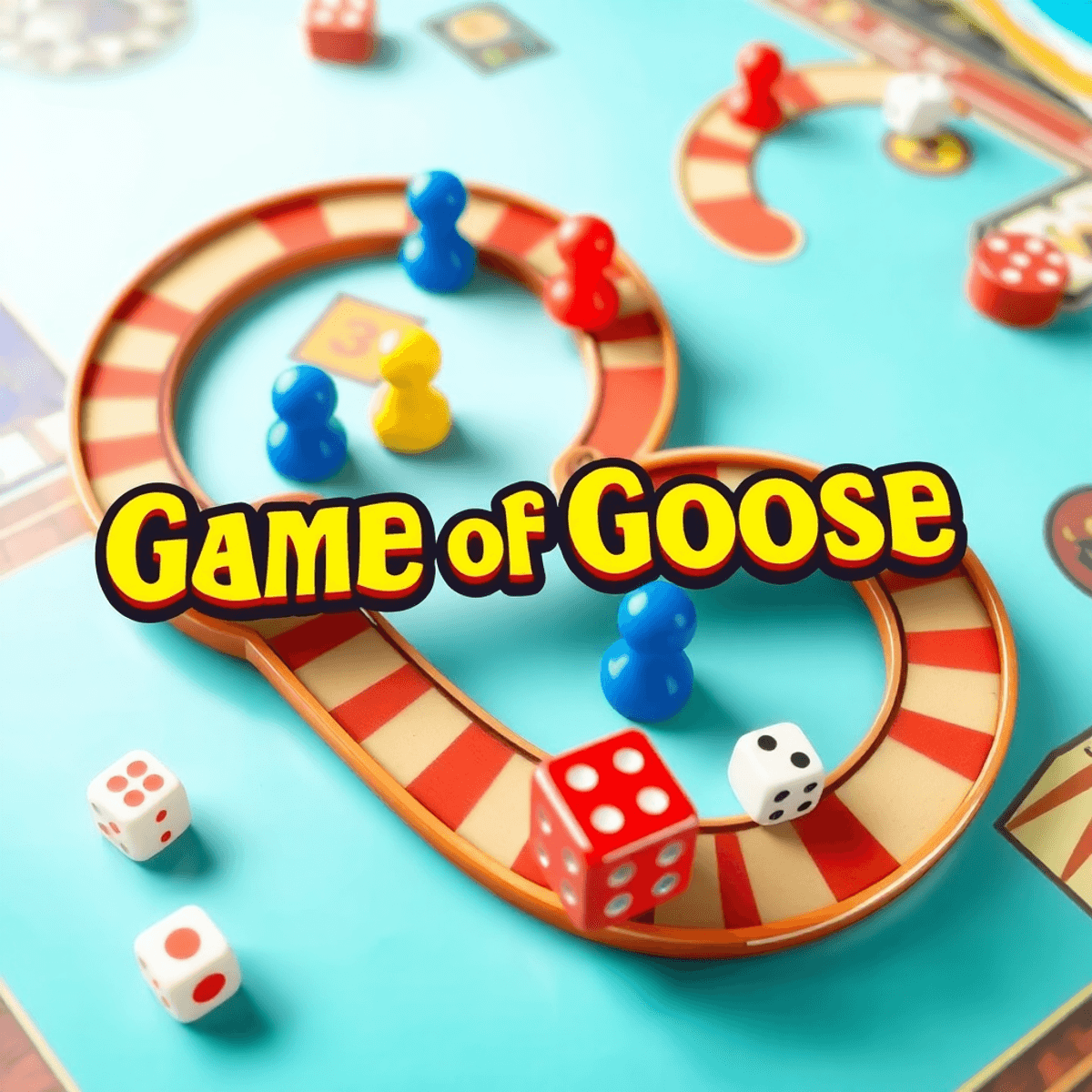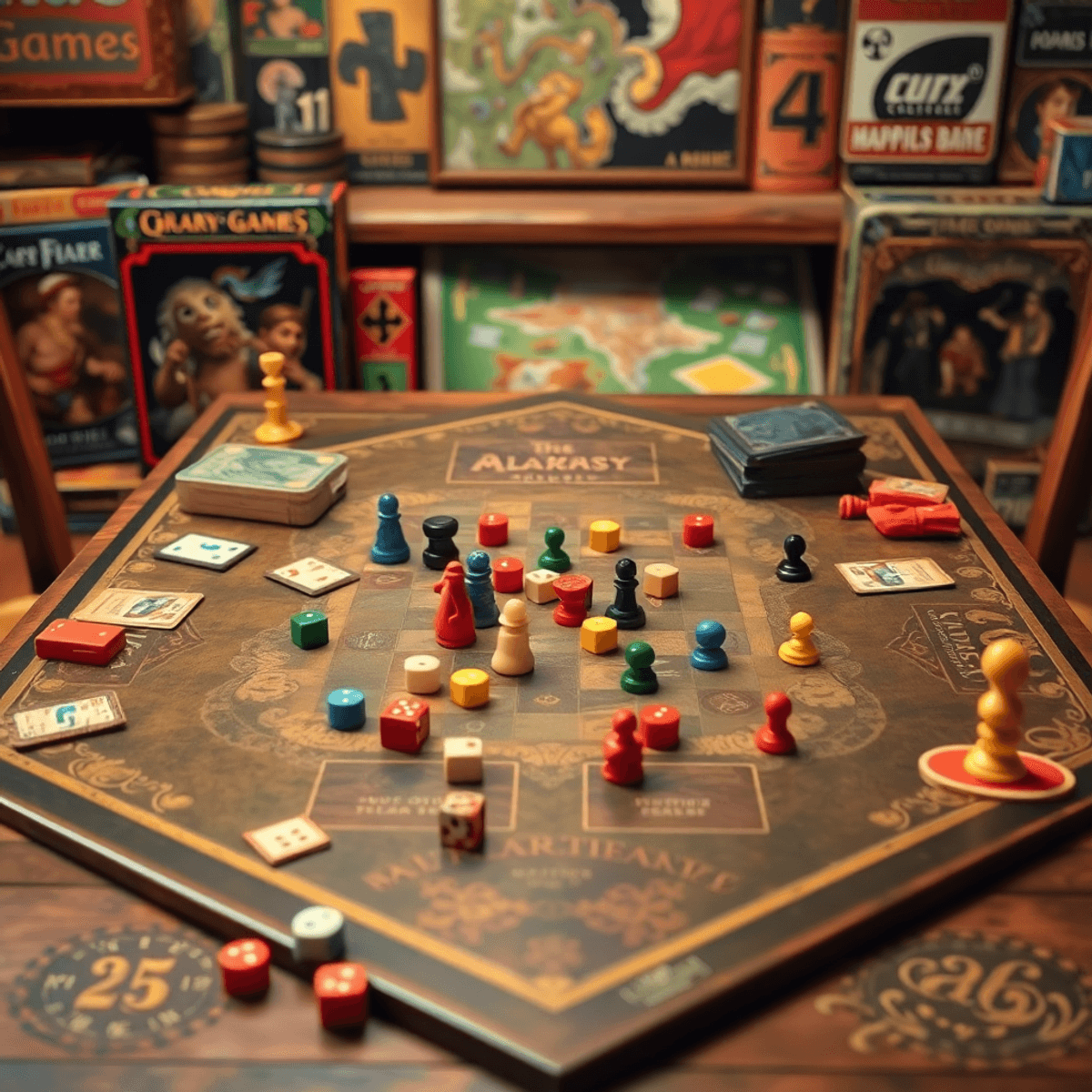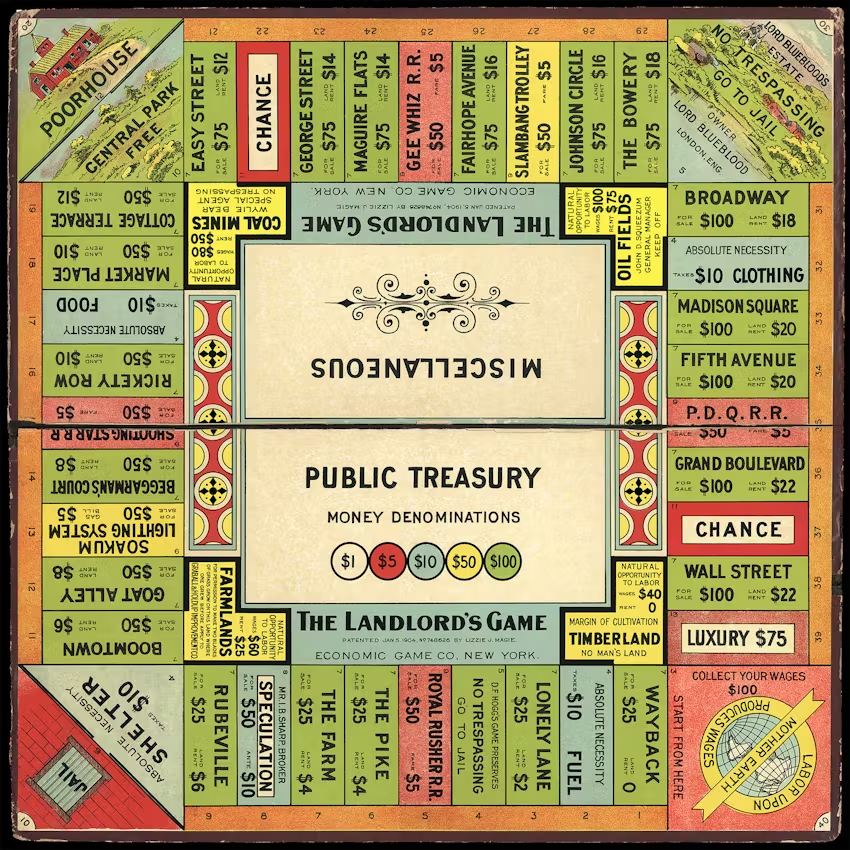
Have you ever wondered about the origins of beloved board games like Candy Land or Snakes and Ladders? These popular games trace their roots back to a remarkable ancestor – the Game of Goose, first documented in 1480. Continue reading to find out fascinating story of Game of Goose history.
This ancient race game, played on a spiral track with 63 spaces, laid the foundation for countless board games we enjoy today. Its simple yet engaging mechanics of rolling dice and navigating special spaces created a template that has captivated players across generations.
In this exploration of the Game of Goose, we’ll uncover:
- The fascinating history behind one of the world’s earliest documented board games
- The innovative mechanics that made it an enduring classic
- Its profound cultural impact across societies
- How its design principles shape modern gaming
- The game’s continuing influence on contemporary board game development
From royal courts to modern living rooms, the Game of Goose’s influence spans centuries, making it a crucial piece in understanding the evolution of tabletop gaming.
If you’re inspired by this exploration and considering to delve deeper into the world of board games, you might find these essential beginner tips helpful as you start your own board game collection. Let’s embark on this journey through time to discover how a simple race game revolutionized the world of board games.
The History of the Game of Goose
The Game of Goose has a long history, with its origins dating back to 1480. This makes it one of the oldest board games in existence. According to records from the British Museum, Francesco de Medici of Florence gifted the game to King Philip II of Spain, which helped it spread among European nobility.

The Gameplay and Symbolism
The game’s design features a spiral track with 63 spaces, representing the journey of life from birth to enlightenment. Players move along this path by rolling two dice, encountering various symbolic challenges along the way:
- The Bridge (space 6) – requires payment to cross
- The Inn (space 19) – forces players to rest for two turns
- The Well (space 31) – traps players until another passes
- The Maze (space 42) – sends players backward
- Death (space 58) – requires a restart from the beginning
The Influence of Ancient Race Games
Race games have been played by ancient civilizations, such as the Royal Game of Ur in Mesopotamia and Pachisi in India. What sets the Game of Goose apart is its combination of allegorical elements and chance-based movement, which influenced many board games worldwide.
This influence goes beyond just the Game of Goose. It can be seen in the forgotten predecessors that shaped modern classics by inspiring mechanics and themes. By the 16th century, different versions appeared across Europe, incorporating themes from military campaigns to religious pilgrimages while still keeping the core spiral track intact.
The Enduring Legacy
Even today, the legacy of such board games lives on through family-friendly options like those found in the list of best family board games. These games cater to all ages and provide quality time for families.
Mechanics That Make It Fun
The Game of Goose captivates players through its deceptively simple yet engaging mechanics. At its core, players roll two dice to advance their pieces along a spiral track of 63 spaces, but the true excitement lies in the strategic elements and unpredictable twists built into the board.
Special Spaces Create Dynamic Gameplay Moments:
- Goose Spaces: Landing on these spaces allows players to move forward again by the same number rolled
- The Bridge (space 6): Players jump ahead to space 12
- The Inn (space 19): Forces a two-turn wait
- The Well (space 31): Player remains trapped until another player lands there
- The Maze (space 42): Sends the player back to space 30
- Death (space 58): Returns player to the start
The game’s probability-based mechanics create tension through the balance of luck and risk. Players must navigate these hazards while pursuing optimal dice rolls, making each turn a thrilling gamble.
The psychological impact of landing on beneficial or detrimental spaces adds an emotional layer to the gameplay. Players experience highs when advancing rapidly through goose spaces and lows when trapped in penalties, creating memorable gaming moments.
This combination of straightforward movement and special space interactions has proven so effective that modern games like Monopoly continue to incorporate similar mechanics in their design.
Cultural Impact Beyond Entertainment
The Game of Goose’s influence stretches far beyond the gaming table, leaving an indelible mark on literature, art, and education.
Influence on Literature
Literary works from the 16th century onward have referenced this iconic game, with notable appearances in:
- Miguel de Cervantes’ Don Quixote (1605)
- Charles Dickens’ Great Expectations (1861)
- Lewis Carroll’s Through the Looking Glass (1871)
Influence on Art
Artists across Europe immortalized the game in paintings and prints, depicting players gathered around ornate goose boards. The British Museum’s collection houses several historical game boards that showcase elaborate artistic interpretations of the spiral track.
Influence on Education
The game’s educational potential emerged in the 18th century when teachers adapted its format to create learning tools. These educational variants taught:
- Geography through city-hopping adventures
- Mathematics via numbered spaces
- History through timeline-based progression
- Moral lessons through rewards and penalties
Religious institutions utilized modified versions to teach spiritual concepts, while military academies created tactical variants for strategy training. The Victoria and Albert Museum documents how the game evolved into a platform for social commentary, with boards featuring political satire and cultural criticism.
Modern educators still draw inspiration from the Game of Goose’s format, creating digital adaptations that teach everything from language skills to environmental awareness. Research from the Journal of Educational Psychology suggests that game-based learning tools modeled after race games significantly improve student engagement and retention.

From Classic to Contemporary: The Evolution Continues
The Game of Goose’s simple yet engaging mechanics sparked a revolution in modern roll-and-move games. Games like Candy Land (1949) transformed the basic spiral track into a whimsical path through a candy-filled wonderland, introducing color-matching elements that appealed to young players while maintaining the race-to-finish concept.
Chutes and Ladders added vertical movement mechanics, creating a dynamic play experience with its ups and downs. This adaptation brought new strategic elements to the traditional format, as players learned to anticipate potential setbacks and rewards.
Modern designers have pushed these boundaries further:
- Formula D incorporates specialized dice and gear-shifting mechanics
- Talisman blends roll-and-move with character development and combat
- Jamaica combines racing with resource management
- Camel Up introduces betting mechanics to the race format
The evolution extends to digital platforms, where classic roll-and-move mechanics have been enhanced with:
- Animated sequences
- Interactive elements
- Real-time multiplayer capabilities
- Dynamic board modifications
These innovations demonstrate how the Game of Goose’s foundational principles continue to inspire new game designs. The rise of hybrid games that blend physical and digital elements shows how traditional mechanics can adapt to contemporary gaming preferences while preserving their core appeal.
The Legacy Lives On: Influence on Current Board Game Design
The Game of Goose’s influence runs deep in modern board game design, shaping mechanics that resonate with players across generations. This historical race game has established core design principles that continue to influence contemporary game development:
1. Track-Based Movement Systems
2. Risk-Reward Mechanics
- Special spaces triggering events
- Decision points affecting player progress
- Chance elements creating dynamic gameplay
The Game of Goose’s influence extends beyond basic mechanics into psychological game design. Its perfect balance of luck and anticipation has inspired developers to create experiences that keep players engaged through variable reward systems.
Modern digital adaptations like Talisman: Digital Edition demonstrate how classic roll-and-move principles can be enhanced with contemporary technology while maintaining the original game’s spirit of competition and chance.
Game designers continue to draw inspiration from the Game of Goose’s elegant simplicity, incorporating its time-tested elements into new experiences that captivate modern audiences.
Looking Ahead: Future Trends Inspired by a Classic
The board gaming industry continues to evolve with technological advancements, creating exciting possibilities for roll-and-move games. Digital adaptations of classic games are gaining popularity, with augmented reality implementations adding new dimensions to traditional gameplay.
Emerging trends suggest a fusion of physical and digital elements:
- AI-Enhanced Gaming: Smart dice and boards that track moves and suggest optimal strategies
- Hybrid Experiences: Games combining traditional board mechanics with mobile apps
- Customizable Pathways: Dynamic board layouts that change based on player choices
Game designers are reimagining the spiral track concept from the Game of Goose through innovative mechanics. Modern interpretations incorporate:
- Multiple branching paths
- Player-created routes
- Variable win conditions
The rise of social gaming platforms indicates a growing market for online multiplayer versions of traditional roll-and-move games. These platforms preserve the social aspects while adding features impossible in physical formats, such as global tournaments and real-time stat tracking.
Conclusion
The Game of Goose is a great example of why roll-and-move games have remained popular for so long. It started in 1480 and has evolved over time, influencing many other games along the way.
The Game of Goose is still loved by players today because its simple yet exciting gameplay proves that good game design can withstand the test of time. It has also had an impact beyond just entertainment, becoming a cultural symbol and educational resource that connects different generations.
Ready to start your own gaming adventure? Here are some options you can consider:
- Start with the original Game of Goose to experience where it all began
- Explore modern classics like Candy Land and Snakes & Ladders
- Discover contemporary interpretations that blend traditional mechanics with new innovations
- Join local board game meetups to connect with fellow enthusiasts and explore new games
The legacy of the Game of Goose teaches us that sometimes the simplest ideas have the biggest influence. Whether you casually play or are deeply passionate about games, there are always new things to learn and enjoy in the world of roll-and-move games.



